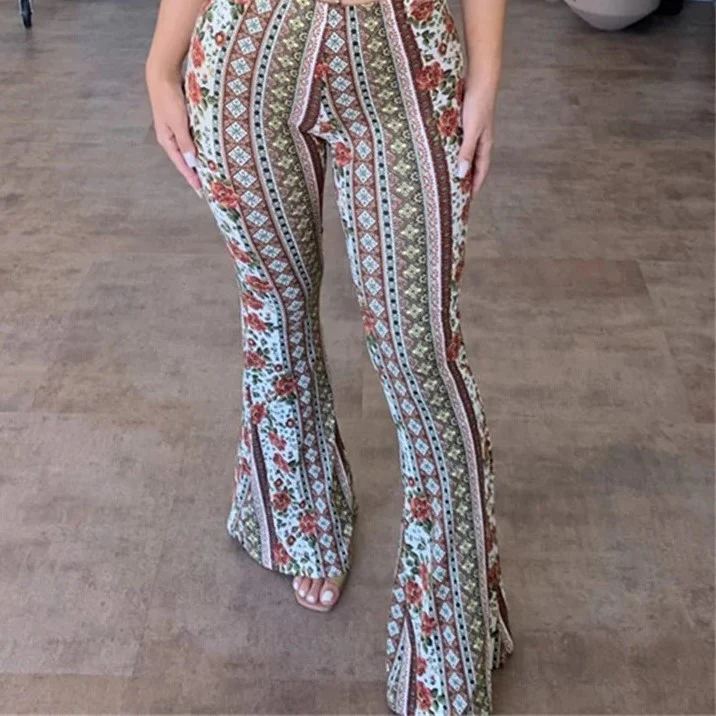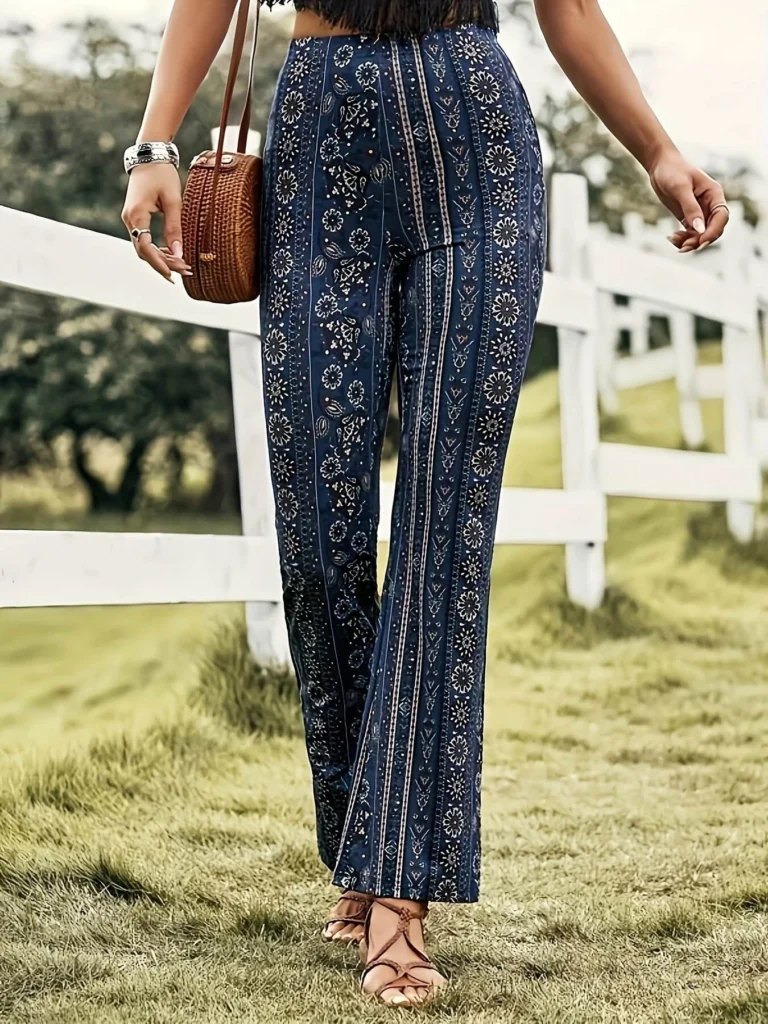
Throughout history, clothing has been more than just a way to express personal style. It has been deeply intertwined with societal clothing norms, religious practices, and cultural values. One particular garment that has sparked countless debates and controversies over the years is the humble pair of pants. From clothing restrictions to gender-based clothing rules, the story of “the forbidden pants” offers a fascinating insight into how societies have regulated what individuals, particularly women, are allowed to wear.
Imagine living in a society where wearing pants could lead to punishment, exclusion, or even imprisonment. While it might sound surprising in modern times, pants prohibition has been a reality in various cultures throughout history. This article explores the reasons behind these traditional clothing restrictions, delving into the religious dress regulations, gender norms, and societal clothing practices that led to pants being labeled as a “forbidden” article of clothing. Whether motivated by fashion taboos, clothing and modesty, or maintaining gender distinctions, these restrictions reflect the ongoing tension between personal freedom and societal expectations.
The Historical Roots of Pants Prohibition
The history of historical clothing bans related to pants dates back centuries. In many cultures, particularly those with strict religious dress regulations, pants were seen as a symbol of masculinity. Women who dared to wear them often faced severe consequences.
One famous example is from 19th-century France. Women were legally required to wear skirts unless they had special permission from the police to wear pants. These clothing restrictions were meant to enforce gender-based clothing rules, reinforcing the idea that certain garments were inherently male or female. Although this law was largely unenforced, it wasn’t officially repealed until 2013!
In the United States, during the 1800s, dress code controversies arose with women like Amelia Bloomer, an advocate for women’s rights, introducing what became known as “bloomers” – a type of loose-fitting pants worn under a skirt. Her attempt to push back against societal clothing norms sparked fierce debates, highlighting the deep-rooted cultural discomfort with women wearing pants.

Cultural Dress Codes and Religious Dress Regulations
In many religious and cultural contexts, clothing serves as a marker of identity and modesty. Certain faiths impose cultural dress codes that restrict or encourage specific types of clothing, often based on clothing and modesty standards. For example, in conservative Islamic cultures, women are required to wear garments like the abaya or burqa, covering most of their bodies. The idea of women wearing pants might be considered a violation of these religious dress regulations.
Similarly, in ultra-orthodox Jewish communities, women are encouraged to wear skirts or dresses to maintain traditional clothing restrictions. Pants, which are seen as masculine, may be considered immodest or inappropriate for women in these contexts.
These cultural clothing practices serve not only as expressions of faith but also as ways to maintain social order and distinct roles for men and women. Clothing, in these instances, becomes a visible marker of one’s adherence to societal and religious norms.
For more interesting blogs visit our website
Fashion Taboos and Controversial Trends
Fashion taboos around pants have not been limited to religious or historical contexts. In modern times, forbidden fashion styles continue to emerge, often as a result of clashes between evolving societal norms and deeply ingrained traditions.
In certain conservative countries, pants are still considered inappropriate for women, particularly in public spaces. The banning of pants for women in places like Sudan (until recently) or Saudi Arabia (before more recent reforms) has been rooted in efforts to uphold clothing and modesty standards. Violations of these dress codes could lead to clothing censorship or even legal penalties, a stark reminder of how societal clothing norms can be enforced.
However, as global attitudes towards gender and fashion continue to evolve, there has been a push to challenge these controversial fashion trends. Movements for women’s rights and gender equality have played a significant role in these changes.
Gender Norms and Clothing
The gender-based clothing rules surrounding pants are a prime example of how fashion has been used to reinforce gender norms. Historically, men wore pants while women were expected to wear skirts or dresses. This division wasn’t just about fashion; it was a way to reinforce gender norms and maintain clear distinctions between the roles of men and women.
In the 20th century, particularly during and after World War II, these norms began to shift. Women who worked in factories during the war found pants to be more practical and comfortable for their jobs. This marked the beginning of a broader social acceptance of women wearing pants, but the transition was slow. Even in the 1960s, women wearing pants in professional settings was considered scandalous or inappropriate.
Today, while the idea of women wearing pants is widely accepted in most parts of the world, there are still lingering traces of gender norms and clothing. For example, in some formal settings, women are expected to wear dresses or skirts. Especially in religious ceremonies or formal workplaces.
Dress Codes in Schools and Beyond
The issue of dress codes in schools has been a battleground for debates over clothing restrictions. In some schools, particularly in conservative regions, there are still strict rules about what students can wear. In these environments, pants for girls may be prohibited, reinforcing outdated gender norms.
These school dress codes often spark dress code controversies, with many students. Parents arguing that such restrictions unfairly target girls and limit their freedom to express themselves through clothing. The pushback against these dress codes reflects broader societal efforts to dismantle clothing restrictions. That are based on outdated ideas about gender and modesty.

Clothing and Identity
Clothing plays a significant role in shaping one’s identity. It is often a reflection of personal values, culture, and even political beliefs. The prohibition of pants, especially for women, has historically been about more than just fashion—it has been about controlling and shaping women’s identities. This type of clothing censorship not only limits what people can wear but also sends a message about what roles they are expected to fulfill in society.
The fight for women’s rights to wear pants, particularly in public spaces, has been intertwined with broader movements for gender equality and personal freedom. For many, the right to wear pants represents a challenge to oppressive systems that seek to control women’s bodies and their choices.
Conclusion
The story of the forbidden pants highlights how clothing has been used as a tool to enforce societal clothing norms. Restrict personal freedom, and reinforce gender-based clothing rules. From historical clothing bans to modern-day dress code controversies, the restrictions surrounding pants reflect the ongoing struggle between individual expression and societal expectations.
As societies continue to evolve, the hope is that fashion, including the simple act of wearing pants. Will be a matter of personal choice rather than a reflection of cultural or religious limitations.
5 FAQs
1. Why were women historically banned from wearing pants?
Historically, pants prohibition stemmed from the belief that pants were masculine and that women should adhere to traditional roles by wearing skirts or dresses. This was reinforced by gender norms and clothing restrictions.
2. Are there still places where women can’t wear pants?
Yes, in certain conservative regions, cultural dress codes and religious dress regulations still restrict women from wearing pants. Though these rules are being challenged in many parts of the world.
3. How do religious beliefs influence clothing restrictions?
Religions often impose religious dress regulations to promote modesty or distinguish gender roles. Leading to clothing and modesty guidelines that may prohibit certain types of clothing like pants for women.
4. What are some modern examples of dress code controversies?
Dress code controversies often arise in schools or workplaces where women or girls are required to wear skirts. Dresses instead of pants, sparking debates about fairness and gender equality.
5. How has the fight for women’s rights impacted clothing restrictions?
The push for women’s clothing rights has challenged traditional clothing restrictions. Leading to broader acceptance of women wearing pants, especially in professional and public spaces.







